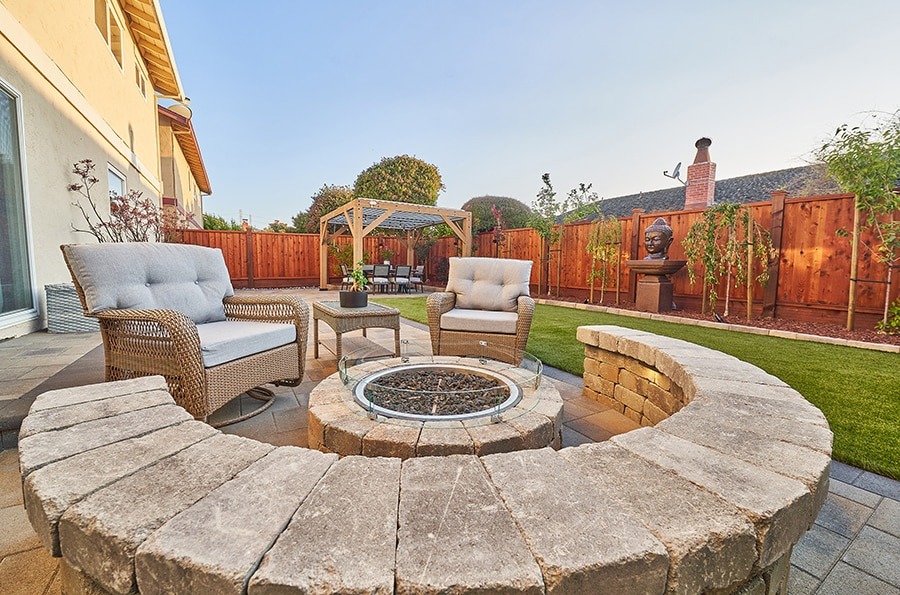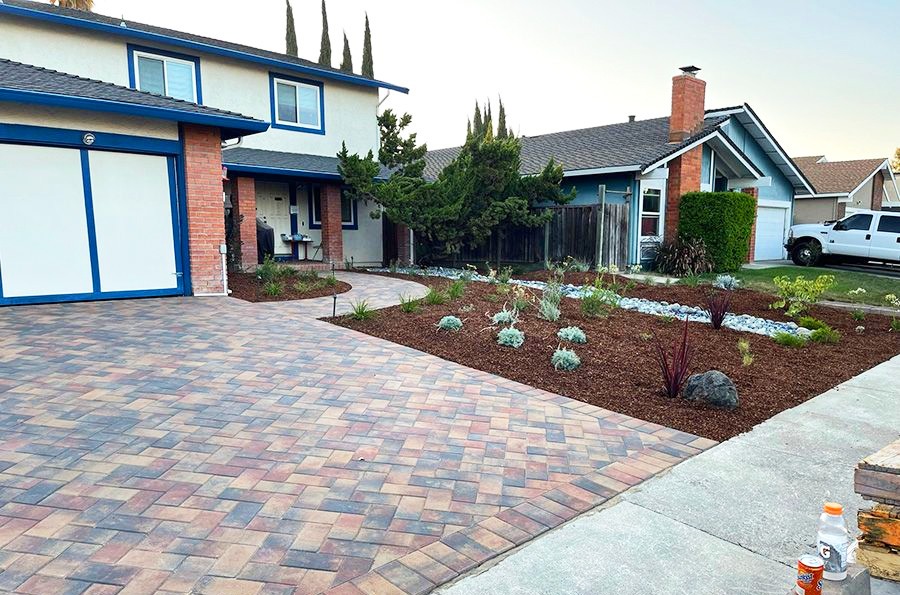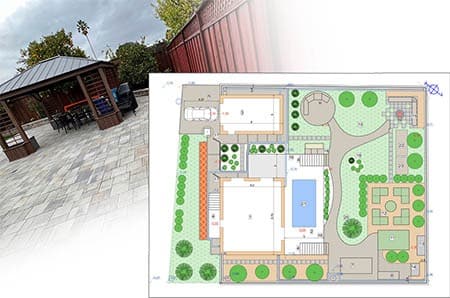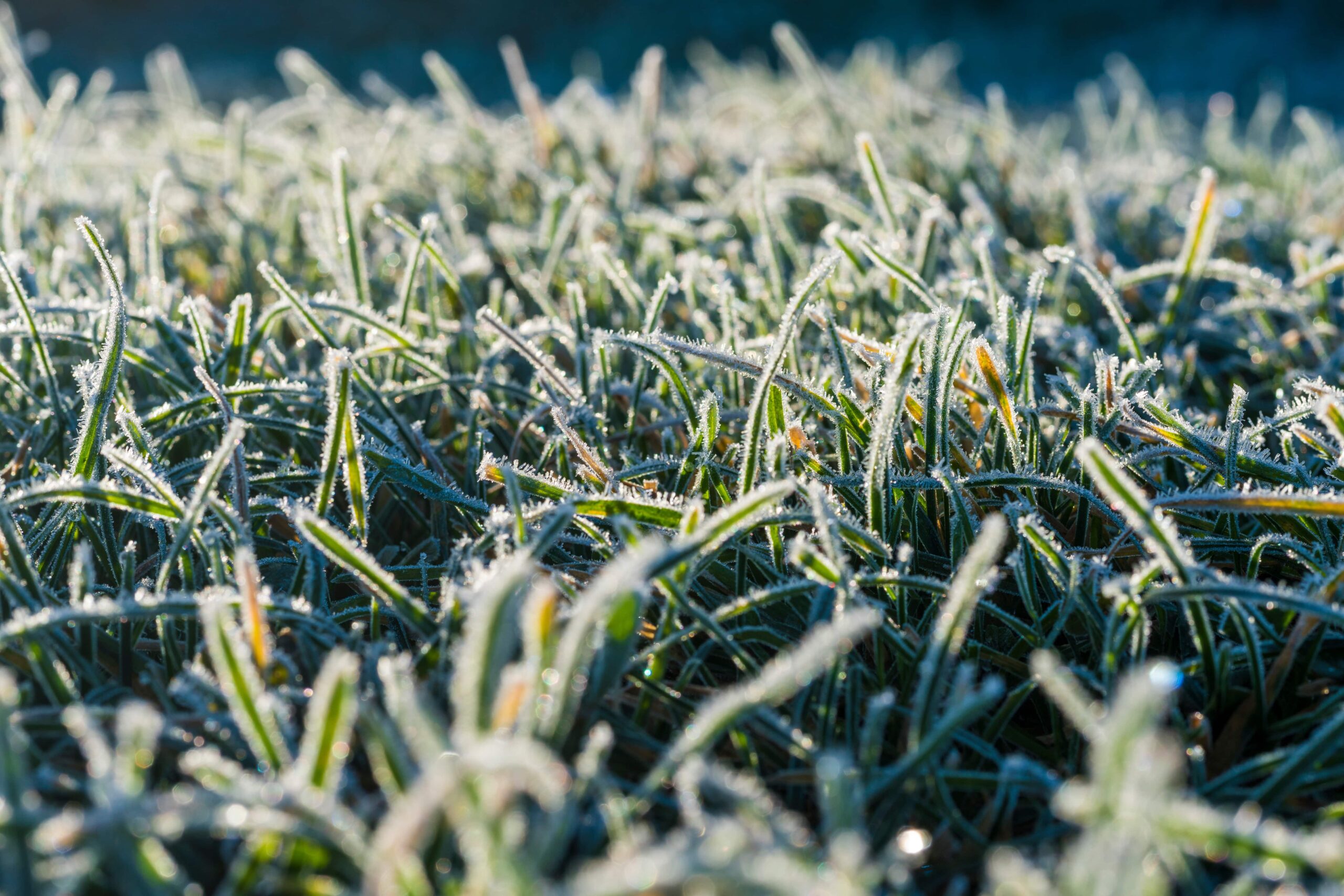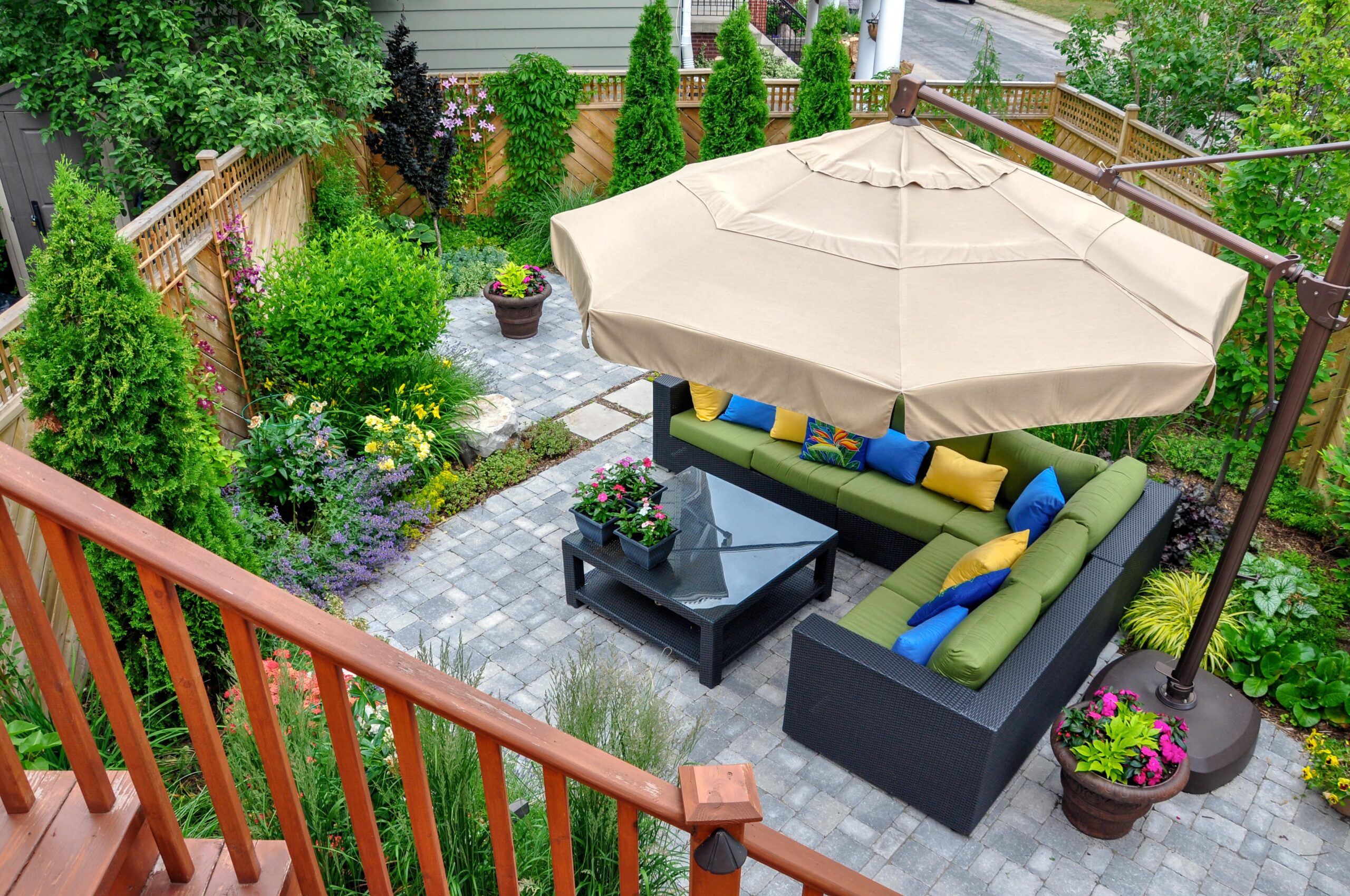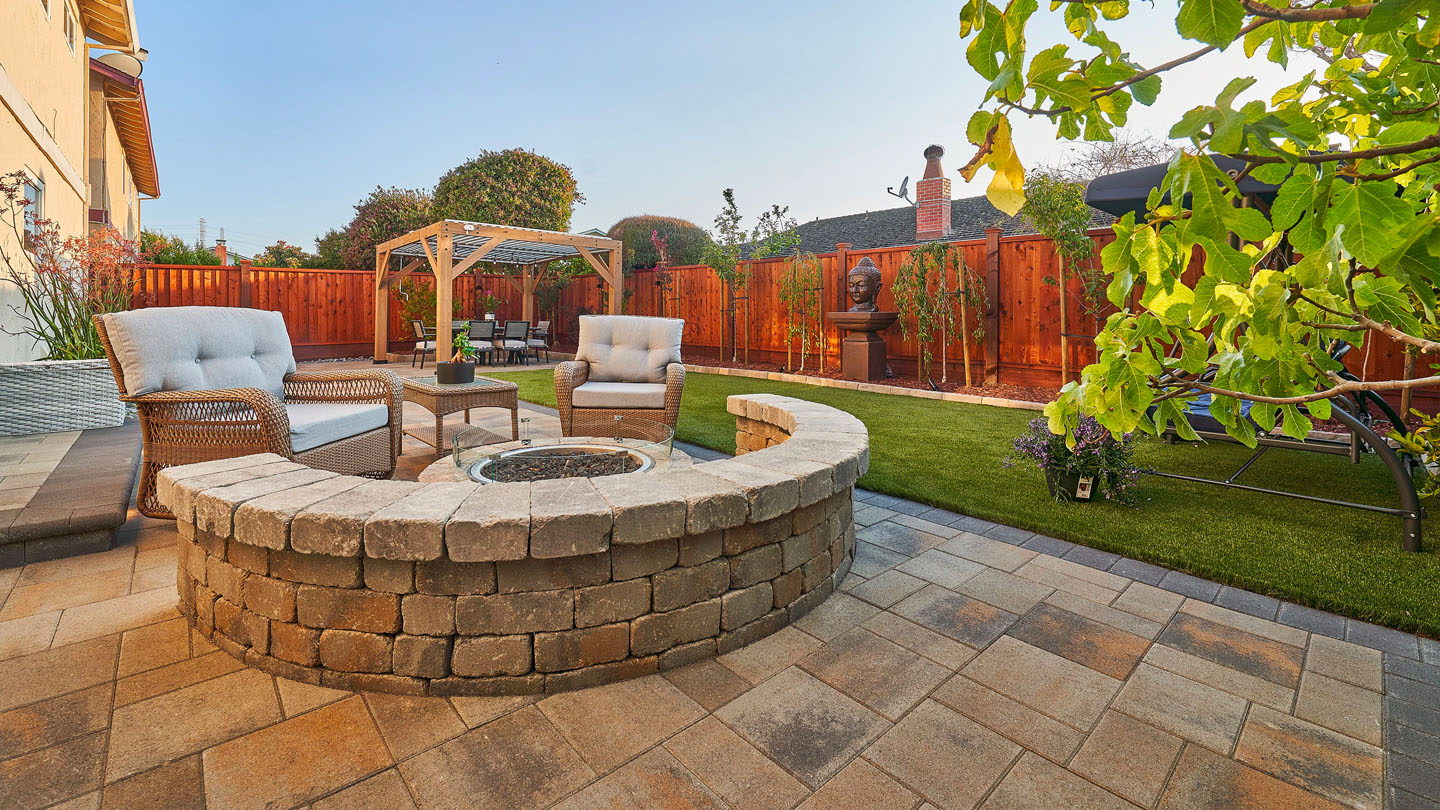
Living in the Bay Area comes with the risk of wildfires, making fire resistant landscaping an essential consideration for homeowners. Proper landscape design can help protect your home from potential fire damage while maintaining an aesthetically pleasing outdoor space. This article will provide comprehensive fire resistant landscaping design tips, discuss fire resistant plants for home landscapes, and offer solutions to help you create a safe and beautiful environment.
Understanding Fire Resistant Landscaping
Fire resistant landscaping involves designing and maintaining your yard in a way that reduces the risk of fire spreading to your home. This concept includes the strategic placement of plants, hardscaping elements, and other features to create a defensible space around your property. By implementing fire resistant landscape design, you can minimize the fuel available to a wildfire, slow its spread, and provide firefighters with a safer area to work in if needed.
Fire Resistant Landscaping Design Tips
Create Defensible Space Zones
Creating defensible space zones is a cornerstone of fire resistant landscaping. These zones are designed to slow the spread of fire and give firefighters a better chance to defend your home. Typically, defensible space is divided into three zones:
- Zone 1: Immediate Zone (0-5 feet from the house) – This area should be entirely free of combustible materials. Use non-flammable hardscaping materials like gravel, pavers, or concrete. Opt for low-growing, fire resistant plants and avoid wood mulch.
- Zone 2: Intermediate Zone (5-30 feet from the house) – In this zone, create breaks in vegetation to slow down the fire. Maintain a variety of fire resistant plants, keep trees well-spaced, and prune branches that hang over roofs.
- Zone 3: Extended Zone (30-100 feet from the house) – This zone acts as a buffer. Reduce dense underbrush, thin out overgrown vegetation, and remove dead plants and debris.
Consider Plant Selection and Placement
Choosing the right plants and placing them strategically is vital for a fire resistant landscape design. Fire resistant plants for home landscapes are typically those that retain moisture, have low resin content, and don’t produce excessive deadwood or debris.
- Native Plants: Opt for native plants that are well-adapted to the Bay Area climate. These plants usually require less water and maintenance.
- Fire Resistant Plants: Incorporate plants known for their fire resistance. These plants often have high moisture content in their leaves and stems, which makes them less likely to catch fire.
Irrigation and Maintenance
Proper irrigation and regular maintenance are key components of fire resistant landscaping. Keeping plants healthy and well-watered reduces their flammability.
- Irrigation Systems: Install efficient irrigation systems like drip lines that provide adequate moisture without wasting water. Regularly check and maintain these systems to ensure they function correctly.
- Maintenance: Regularly prune plants, remove dead or dry vegetation, and clean up fallen leaves and debris. This reduces the fuel load around your home.
Implement Hardscaping Features
Integrating hardscaping features can enhance the fire resistance of your landscape. Consider incorporating non-combustible elements such as:
- Patios and Walkways: Use stone, concrete, or gravel to create pathways and patios that break up vegetation and reduce fire spread.
- Retaining Walls: Construct retaining walls with fire-resistant materials to act as barriers against creeping flames.
- Outdoor Kitchens and BBQ Islands: Design these features using materials like stainless steel, stone, or concrete. Avoid wood or other flammable materials to minimize fire risk.
- Fire Pits: Install fire pits made from non-combustible materials such as stone, metal, or concrete. Ensure they are located away from flammable vegetation and structures.
- Pergolas and Patio Covers: Choose materials like steel, aluminum, or non-combustible roofing tiles for pergolas and patio covers. These materials provide protection from the sun while enhancing fire safety.
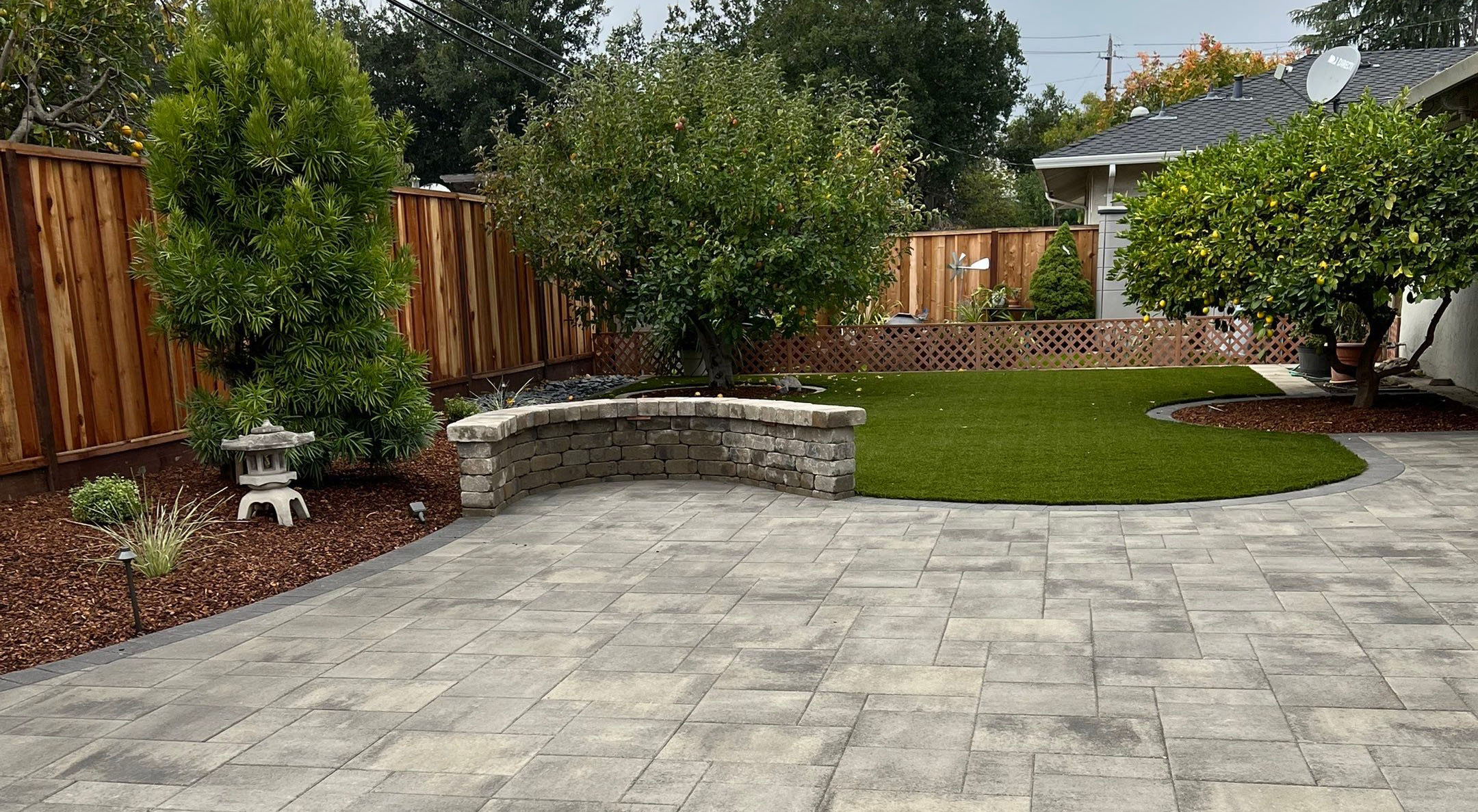
Fire Resistant Plants for Home Landscapes
Selecting the right plants is crucial for fire resistant landscape design. Here are some fire resistant plants well-suited for Bay Area homes:
California Lilac (Ceanothus spp.)
California Lilac is a native shrub that offers beautiful blue blossoms while being highly fire resistant. It requires minimal water once established and provides excellent ground cover.
Manzanita (Arctostaphylos spp.)
Manzanita shrubs are both attractive and fire resistant. They have thick, leathery leaves that retain moisture and produce minimal litter.
Toyon (Heteromeles arbutifolia)
Also known as California Holly, Toyon is a versatile shrub with red berries and glossy leaves. It is drought-tolerant and can be used as a hedge or standalone plant.
Lavender (Lavandula spp.)
Lavender is a fragrant herb that thrives in the Bay Area climate. Its high moisture content and low resin levels make it a good fire resistant option for garden borders.
Agave (Agave spp.)
Agave plants are succulent perennials with thick, water-filled leaves. Their low water needs and high fire resistance make them perfect for xeriscaping.
Rockrose (Cistus spp.)
Rockrose is a hardy shrub that blooms with pink, white, or yellow flowers. It is well-suited to dry conditions and has fire retardant properties.
Designing a Fire Resistant Landscape
Designing a fire resistant landscape involves more than just selecting the right plants. Here are additional design tips to enhance fire resistance:
- Create Firebreaks: Incorporate firebreaks such as driveways, patios, and non-flammable fences to interrupt the path of a potential fire.
- Space Plants Appropriately: Maintain adequate spacing between plants to prevent the fire from jumping from one to another. Group plants with similar water needs together and use mulch judiciously.
- Use Gravel and Rock Mulch: Replace wood mulch with gravel or rock mulch, especially in the Immediate Zone. These materials do not burn and can help contain fires.
- Install Metal or Tile Roofing: Consider replacing combustible roofing materials with fire-resistant options like metal or tile. This reduces the risk of roof fires caused by flying embers. We at Opulands gladly refer you to a range of contractors specializing in the installation of such products
- Protect Vents and Eaves: Install ember-resistant vents and enclose eaves to prevent embers from entering your home and igniting it from within.
- Install sprinkler systems on top of ones roof.
Create a Fire Resistant Landscape in Your Front or Backyard with Opulands
Creating a fire resistant landscape is essential for Bay Area homeowners to protect their properties and loved ones. By implementing the tips outlined in this article, you can design a landscape that reduces fire risk while enhancing the beauty and functionality of your outdoor space.
At Opulands, we specialize in designing and building beautiful, fire resistant landscapes throughout the Bay Area. Our team of experts can help you select the best plants, incorporate effective hardscaping elements, and create a defensible space around your home.
If you’re looking to incorporate fire resistant landscaping features into your front yard or backyard, contact us today to get started or to learn more about how we can help. Together, we can create a safe and stunning landscape that stands the test of time.

